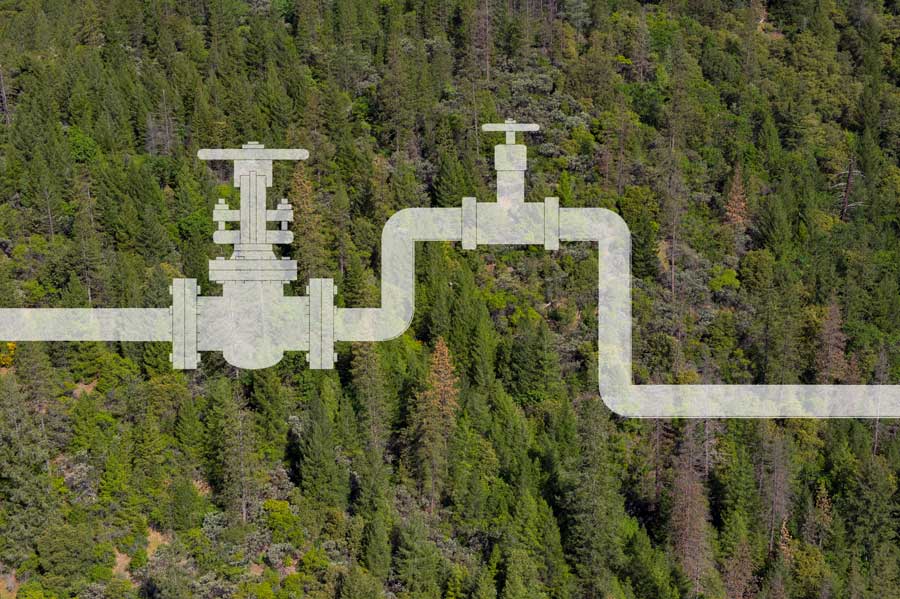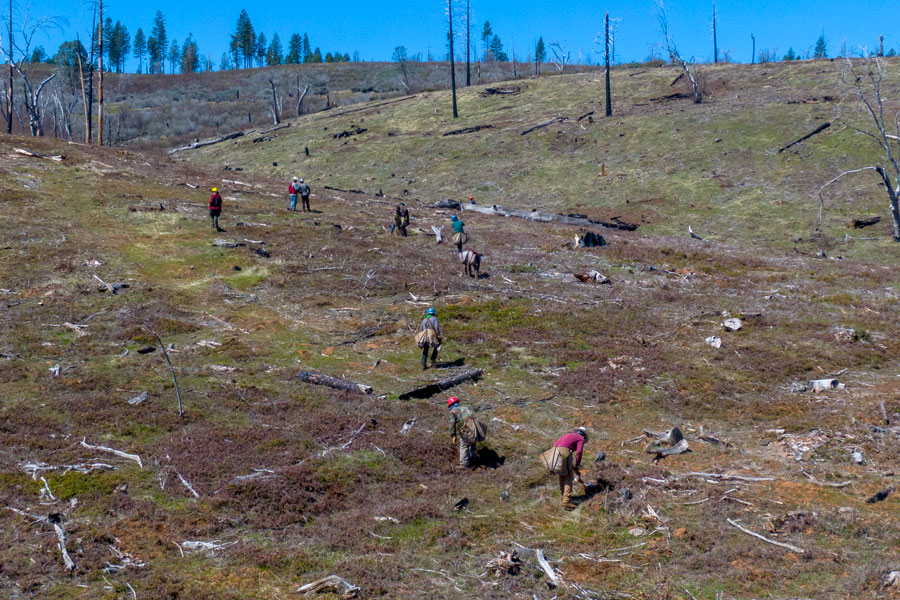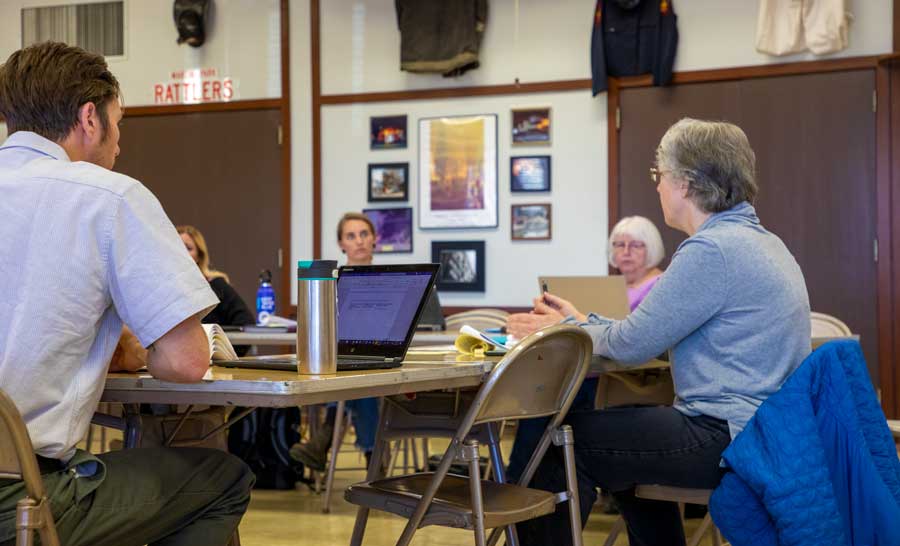
There has been a lot of emphasis lately in forest management on building “project pipelines.” But what does this mean and why is it important?
In most cases a project will take five to seven years to progress from a concept to completion. The project proponents have to design the project, obtain environmental clearance (CEQA and NEPA), secure funding, put together an implementation team, and finally complete the work. If a project team waited until one project was complete before starting this process for the next project, there would be a multi-year gap when no work was getting done.
To increase the pace and scale of forest restoration, this cycle must be shortened. Ideally, as soon as one project is completed (or even before), there is another project queued up, already funded and ready to go. This also benefits the organization by providing stable funding for staff and overhead. As an organization builds capacity, it can increase the number of projects so that the flow of work continues to increase, which in turn continues to build and support organizational capacity.
Capacity gaps throughout the region
Some parts of the Sierra Nevada have robust project pipelines. One example is in the north west, where the Pit and Fall River Resource Conservation Districts have established effective working relationships. Project development in this area follows a standardized strategic planning and prioritization process led either by a forest health collaborative or existing partners who regularly work together. Consistency in U.S. Forest Service and partner staff over the past ten years has led to a high level of trust and increased planning efficiency.
These relationships also contribute to increased effectiveness in obtaining funding and implementing projects. Additionally, the recent development of a data aggregation platform, terrestrial conditions assessments, and the addition of new partner capacity are expected to result in better geographic coverage and continuity of landscape-level projects. These additional factors help provide confidence to granting agencies and lead to a continuous stream of project funding.

Another area with a robust pipeline is the Tuolumne/Yosemite area. Patrick Koepele, Executive Director of the Tuolumne River Trust, shared his perspective on the Yosemite Stanislaus Solutions (YSS), a local forest health collaborative, recipe for success: “A successful project pipeline takes two things: a strong collaboration supporting the work and thinking big. YSS has built broad support across a diverse set of stakeholders which have created the political capital to get work done. We are thinking big in the process. Our project pipeline was built first with the massive Rim Fire Reforestation plan, which included 24,000 acres of reforestation, 13,000 acres of plantation thinning, and 13,000 acres of prescribed fire. While we implement that project, the Stanislaus National Forest is working diligently towards a second large-landscape plan called the SERAL project, which will include a suite of actions across a 110,000-acre landscape.”
Other areas, including large parts of the Sierra Nevada have struggled to develop effective project pipelines. In essence, they faced a chicken-and-egg problem. All of the project pre-requisites require resources: prioritization and collaborative planning, completing CEQA and NEPA, developing partnerships, and writing grants. But in most grant programs these activities are not eligible costs. As a result, if an area lacks a robust watershed group or resource conservation district, or if the local U.S. Forest Service office is understaffed and overworked, they may never have the discretionary resources to get the project pipeline started. This could seriously impact the ability to meet the ecosystem restoration needs of the area.
Priming forest restoration pipelines with RFFCP funds
Because many areas in the Sierra Nevada lack robust project pipelines, Regional Forest and Fire Capacity Program (RFFCP) resources are essential to increasing the pace and scale of forest restoration in the region. Through our Sierra Nevada Watershed Improvement Program (WIP), SNC is strategically allocating RFFCP funding to organizations and agencies to meet the individual needs of SNC Subregions, and establish projects.
The funding has been used to develop collaborations, prioritize projects, train staff, complete CEQA/NEPA, and write collaborative grants. This makes it possible for tribes, local organizations, and government agencies to work together to get project pipelines started. Sustained state investments through the WIP, like the RFFCP, mean that each subregion will be able to increase the pace and scale of restoration work to preserve forest health, protect communities, and assure a resilient future.

